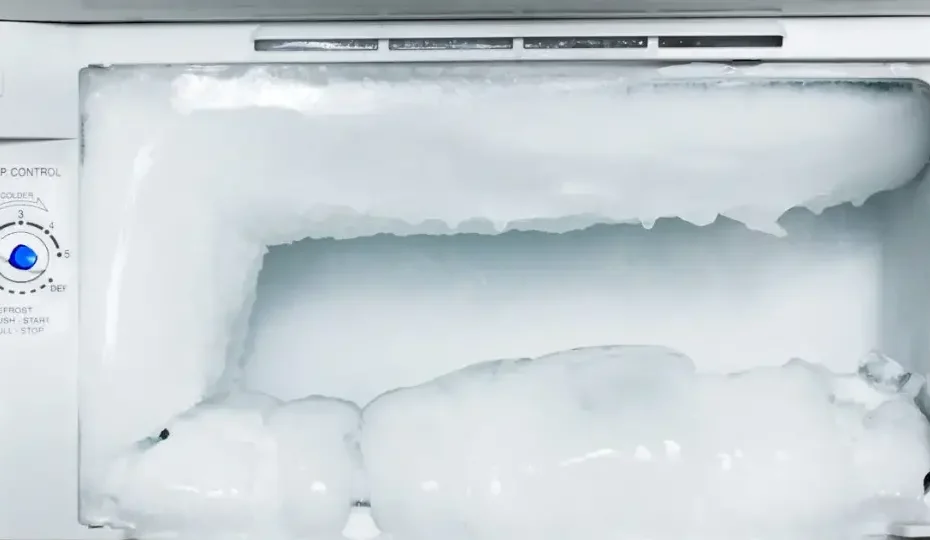Frost in the freezer can make it difficult to open the drawers and increase the electricity bill. Some freezers, such as the upright freezer, have automatic defrosting technology. But in other appliances, manual defrosting is essential to optimise the preservation of food in the freezer and save energy. Defrosting, though dreaded by many people, is a task that can be done in no time when you know the right tricks. Find out how to defrost your freezer quickly with this method.
If frost builds up in your fridge or freezer, this can result in high energy consumption. And for good reason, the layer of ice makes your appliance work hard and can be one of the factors that inevitably increase your electricity bill. If you have a fridge and/or freezer that doesn’t have anti-freeze technology, here’s how to quickly remove excess frost.
The consequences of frost in the fridge and freezer.
Frost formation in a refrigerator or freezer occurs when moisture enters these appliances.
When you open the refrigerator to remove or store food, moisture can enter. Moreover, even fresh food stored in appliances can release moisture. When in contact with the cold, this phenomenon leads to the formation of frost. However, too much frost can damage your appliances. In fact, frost leaves an insulating layer on the walls of the freezer or refrigerator. It can therefore cause a decrease in heat transfer between the refrigeration system and the air inside the appliance. The result? The device has to work longer to maintain an optimal temperature (5°C) and involves considerable energy consumption. In addition, this leads to a rapid deterioration of the appliance and a deterioration in food preservation.
The method for quickly defrosting a freezer.
If your freezer is producing too much frost and your energy bill seems too high, it is time to defrost. Here are the steps to follow to defrost the appliance:
Remove food from the refrigerator and freezer.
Start by removing food from the refrigerator and freezer and place frozen products in another freezer. Fresh produce in the refrigerator can be stored in insulated bags.
Place towels on the floor and a container in front of the drain.
Place a bowl or deep plate in front of the drain to catch the water that comes out after defrosting. Also have towels so as not to complicate the task.
Turn off the device
Unplug the appliance and use a plastic spatula to remove the ice from the walls.
Remove the refrigerator and freezer drawers
If you have managed to remove some of the frost blocking the opening of the drawers, remove them from the appliance to continue defrosting.
Put containers of hot water inside
To speed up the process, place containers of hot water in each freezer compartment so that the water vapours melt the ice.
Clean your appliance
Once all the frost has been removed, clean the device. To do this, use a cloth dampened with a cup of water and a tablespoon of baking soda. If your appliance has stubborn stains, add white vinegar and rub gently for a perfect clean. Leave the doors open until the appliance is dry.
Reconnect your appliance
Plug the appliance back in and organise the drawers. Let it sit for a good hour before storing food.
Store your food
Finally, put away the food that needs to be in the fridge or freezer.
Now you know how to defrost the freezer. For optimal maintenance of the appliance, it is recommended to defrost every four months.
